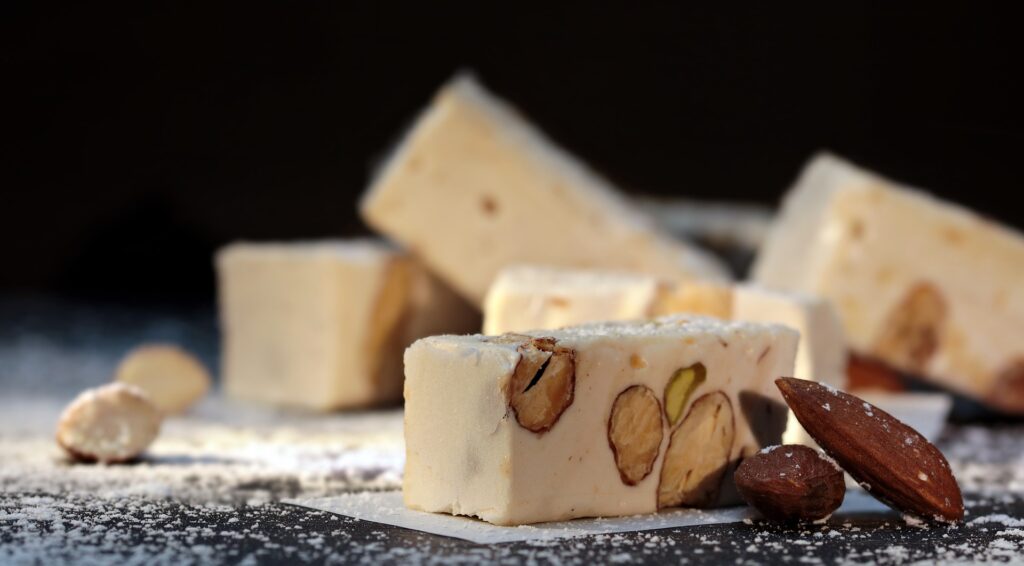Nougat is the absolute protagonist during the Christmas holidays, where it can never be absent from the table. Now, it is becoming more and more common to eat all year round and reserve a piece for lunch or dinner on the weekend with family and friends. There are them for all tastes, going through the classic hard or soft, chocolate, fruit, toasted yolk, among a multitude of different flavours.
In this article, we explain the history of this appreciated sweet, its preparation and the most common varieties that you can find in supermarkets.
History
Some historians place it in ancient Greece because of its similarity, since the Hellenic peoples used to prepare a type of sweet paste made from nuts, honey and sugar for the athletes who had to participate in the Olympics.
Others point out that the origin comes from the Arab people, since almonds and honey were widely used for the manufacture of various typical sweets of the area. In fact, we find references to the treatise De medicinis et cibis semplicibus in the 11th century, written by a doctor where the word “Turun” is contemplated.
There is a beautiful legend in Jijona of a king who married a Scandinavian princess, who suffered a depression because she felt sad at not being able to enjoy her idyllic winter landscapes. The monarch, seeing her so down, decided to cheer her up by planting thousands of almond trees around her. When the trees bloomed, the fields wore a very white landscape as if it were snow, thus regaining their happiness. Taking advantage of the enormous production, the neighbours gathered the fruits and elaborated what today we know as the classic Alicante nougat.
Elaboration
The Jijona and Alicante nougats are based on the same ingredients: almond, honey, sugar, and egg white. The difference is in the elaboration of each one.
On the one hand, the ingredients are mixed in a container, then the honey and sugar are cooked, and the egg white is added. Then the toasted almond is added. Alicante nougat is placed in drawers where it is dried and then cut into different sizes, either in 300 g, 200 g or 150 g bars.
When the dough is cold, it is passed through the refiner where a fine dough is obtained. For the Jijona nougat, the “Boixets” are necessary. A kind of machines through which the dough is introduced, leaving it in continuous movement to obtain an appropriate texture. Then, it is cooked to the desired temperature and pieces of almonds are added to make the granulated nougat.
Before packaging the nougat, let it rest so that it cools down and is perfect. Once the nougat is prepared, it is sawed. The blocks are then split and subsequently packed by hand bar by bar.
Varieties
There are many nougats of all kinds for all tastes and palates. Here are some of the ones you can find in our online store:
Hard nougat
It is the classic nougat par excellence, typical of the Spanish province of Alicante.
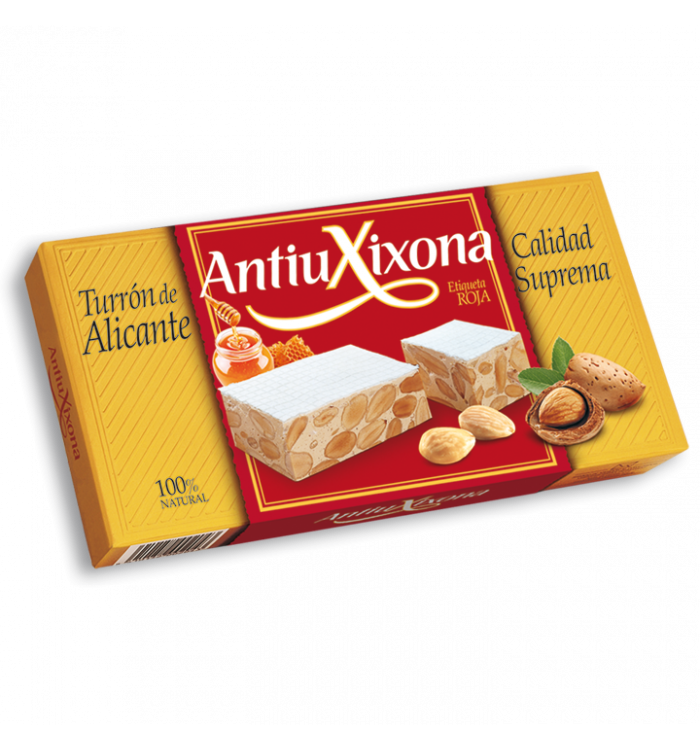
AntiuXixona Alicante Nougat
Soft nougat
The other traditional classic from the province of Jijona, with a smooth and creamy texture.

AntiuXixona Jijona Nougat
Guirlache nougat
It is cooked based on solidified caramel with hazelnuts, walnuts, or pine nuts.
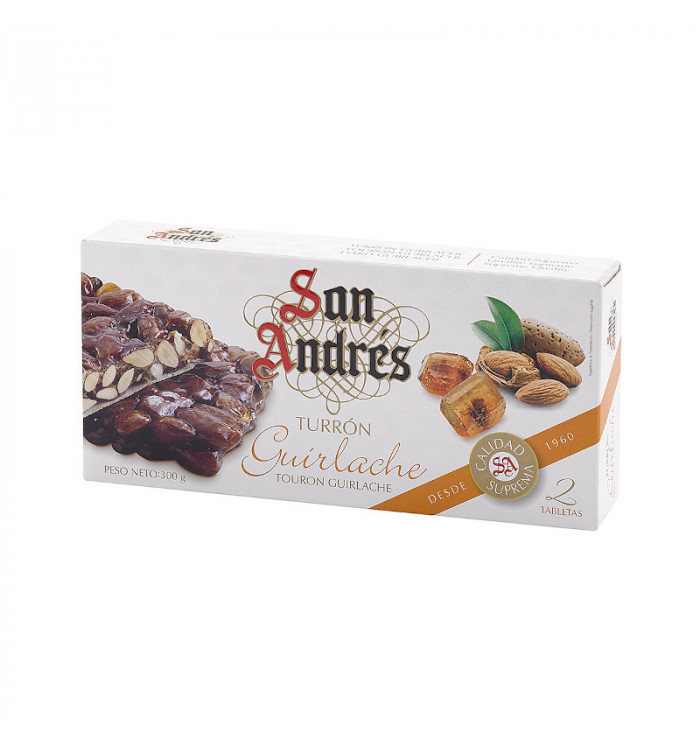
San Andrés Almond Brittle Nougat
Chocolate nougat
Made with a base of chocolate and almonds, they can be found in various forms and types.
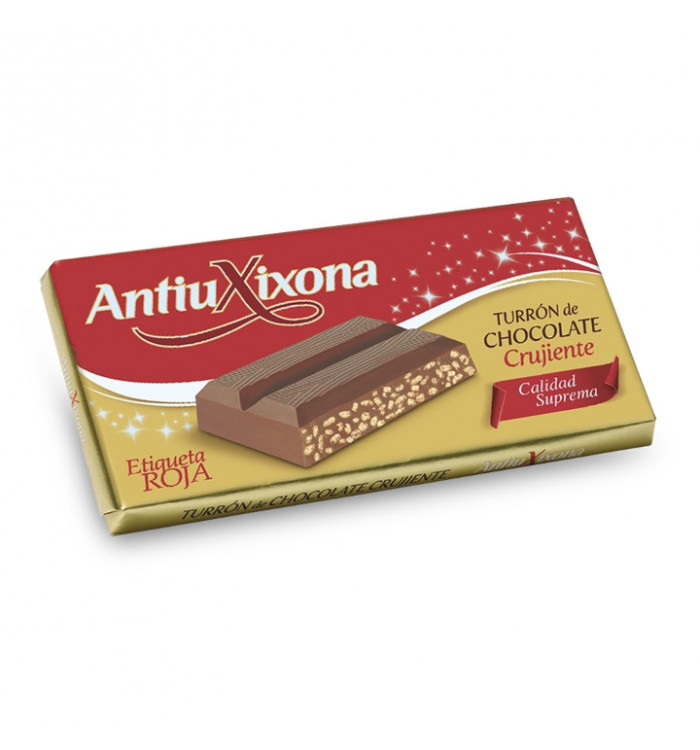
AntiuXixona Crunchy Chocolate Nougat
Toasted egg yolk nougat
Nougat made with egg yolk and almonds, very similar to Catalan cream.
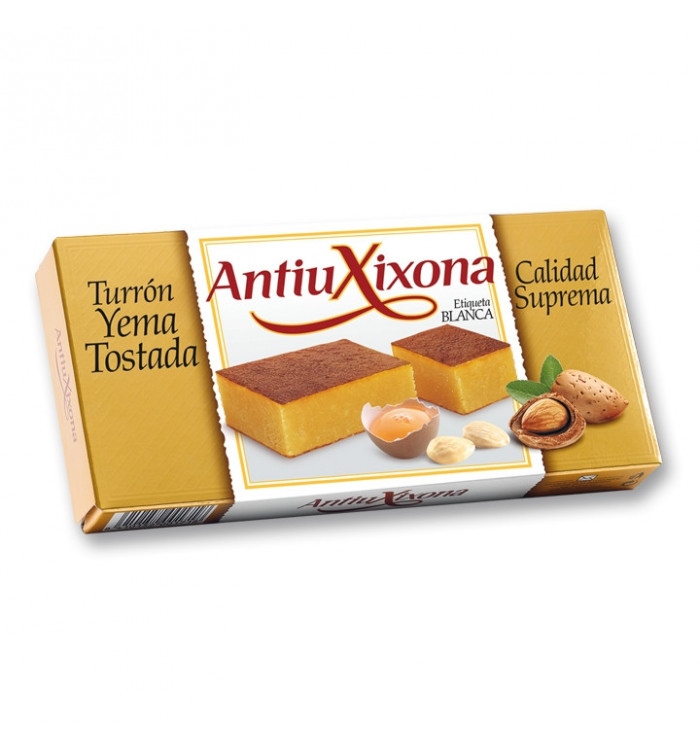
AntiuXixona Toasted Yolk Nougat
Fruit nougat
A selection of candied fruit, combined with the traditional marzipan.
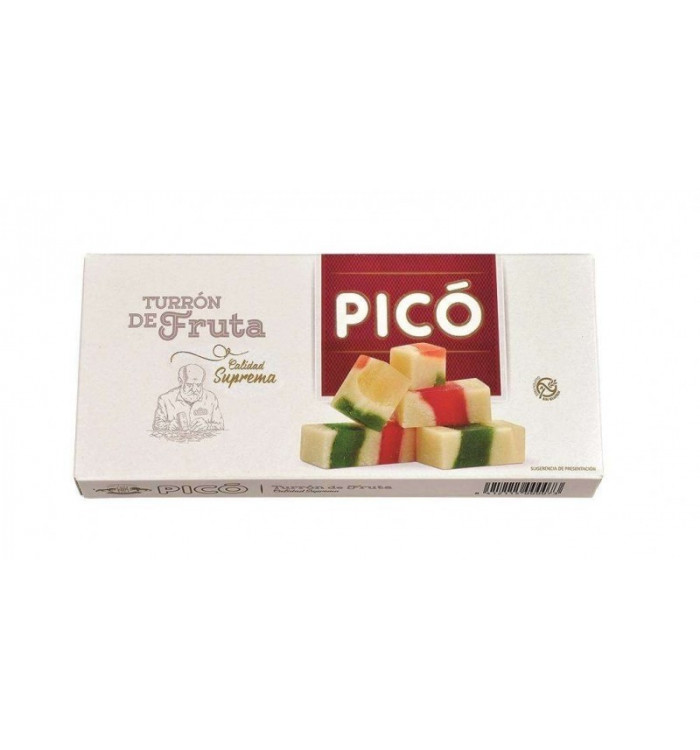
Picó Fruit Nougat
Coconut nougat
The softness of the traditional product is combined with the delight of a grated coconut rain.
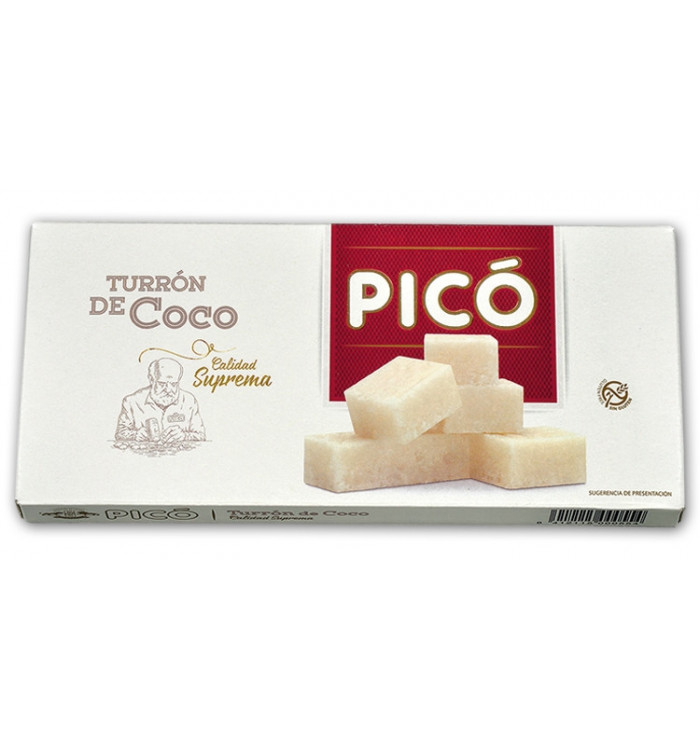
Picó Coconut Nougat
Cream nougat with walnuts
It is like soft nougat, but instead of having almonds, walnuts and cream are used.

San Andrés Walnuts Cream Nougat
We are facing a very precious food in recent times. One of the most refined and emblematic delicacies that is even used by great chefs around the world in their kitchens. An exquisite delicacy that we can enjoy all year round and at any time, without having to wait for the Christmas holidays.
